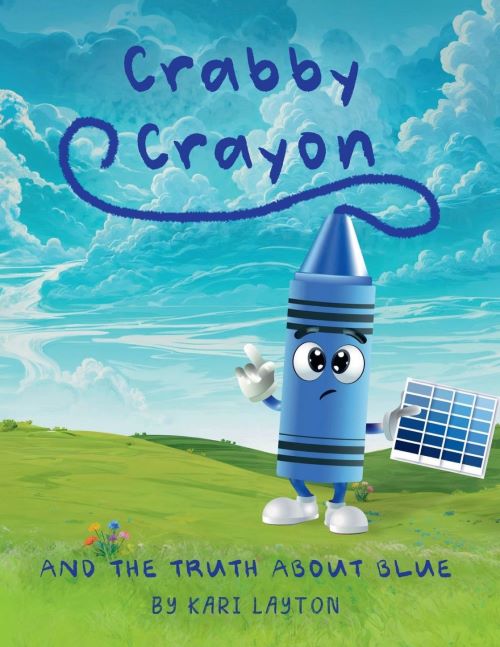Have you ever noticed how children light up when discovering opposites? Hot/cold, big/small, up/down. These contrasts aren’t just fun concepts, they’re powerful learning tools that help young minds make sense of our complex world. But why is learning through contrast so effective for cognitive development?
Let’s explore how opposites help kids make sense of the world.
Why Contrasts Are Powerful Learning Tools
Children naturally learn by comparison. Contrasts help them define what something is by understanding what it is not.
For example, learning what “cold” means becomes easier when you’ve also experienced “hot.” These comparisons build clear mental connections and richer vocabulary.
How Contrasts Help Kids Think Critically
1. Strengthens Observation Skills
Kids learn to spot differences in shape, size, color, or behavior. This boosts their ability to notice and think critically.
2. Builds Vocabulary and Language Development
Opposites like near/far or day/night help children describe the world clearly. They also learn how to use words in context.
3. Encourages Logical Thinking
When kids compare ideas or experiences, they learn to ask “Why?” and “How?” This sets the foundation for problem-solving.
4. Makes Abstract Concepts More Concrete
Understanding emotions like happy/sad or fair/unfair becomes easier when kids can explore both sides of a concept.
5. Supports Emotional Intelligence
Recognizing emotional opposites helps kids relate better to others and understand their own feelings.
How Contrasts Build Brain Connections
Contrasts create natural learning moments because they:
- Highlight differences clearly
- Make abstract concepts concrete
- Provide reference points for comparison
- Stimulate curiosity about variations
When children experience wet versus dry hands or loud versus quiet sounds, they’re building mental frameworks for understanding everything around them.
Contrasts Develop Critical Thinking Skills
Working with opposites helps children:
- Categorize information (sorting big blocks from small ones)
- Make comparisons (noticing one story is longer than another)
- Understand relationships (day comes after night)
- Solve problems (choosing warm clothes for cold weather)
These skills form the foundation for logical reasoning and analytical thinking.

Conclusion: The Power of Difference
Contrasts give children cognitive anchors in a confusing world. By highlighting differences, we help them build mental models that will support all future learning. The most beautiful part? You’re probably already teaching this way without realizing it!
Looking For A Story That Uses Contrast to Teach?
The charming story ‘Crabby Crayon and The Truth About Blue’ by Kari Layton beautifully demonstrates the power of contrasts. As Crabby discovers different shades of blue, children learn that concepts exist on spectrums rather than absolutes. The story is a perfect example of Introducing critical thinking to kids through contrast and exploration.
Explore the beauty of contrast with Crabby Crayon and The Truth About Blue! Order your copy now.

